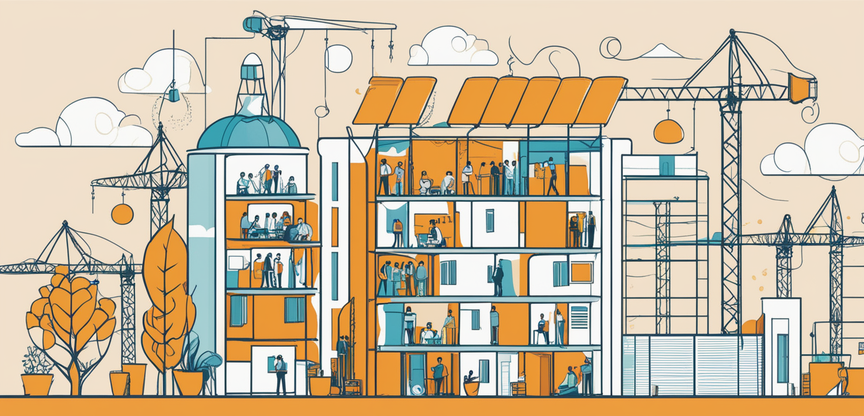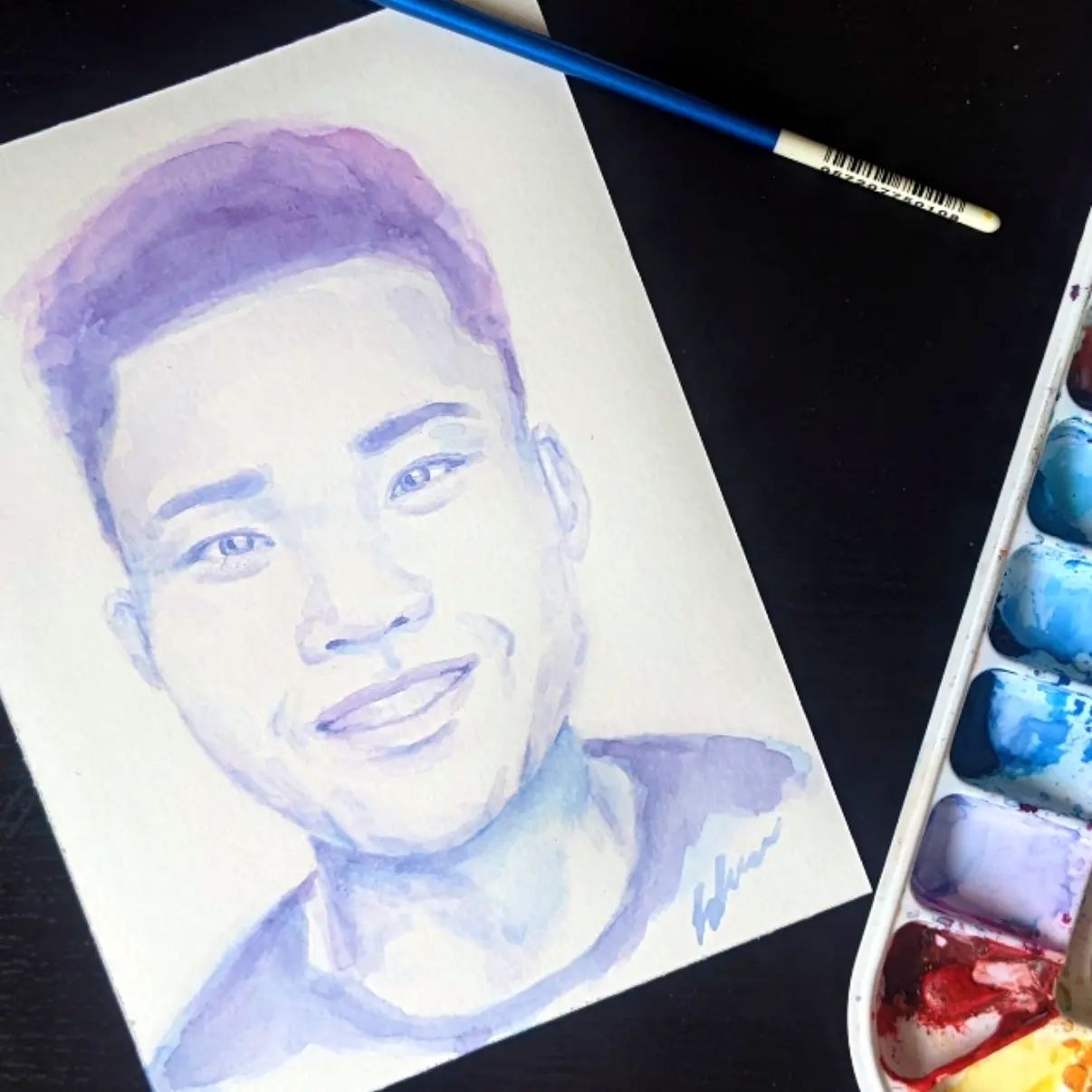The Rising Relevance of Inspire in Today's Landscape
- 7 mins
Stepping into the realm of social work as a newcomer brings with it a fresh perspective. However, the idealized vision of this field quickly gives way to a harsher reality. The presence of inefficiencies, stemming from funding shortages, staff burnout, and a lack of social innovation, becomes glaringly apparent. Consequently, it becomes imperative to adjust one's expectations to prevent becoming overwhelmed by disillusionment. Such recalibration is a fundamental requirement when initiating oneself into this new domain.
For many recent social work graduates, transitioning into survival mode, both in practice and in spirit, is an all-too-common phenomenon. The initial spark of inspiration and hope tends to dim rapidly within the field. My personal experience, however, paints a different picture. Over the past year, I've had the privilege of participating in the Individual Inspire course, a collaborative effort by the Social Impact Lab (SIL) and J5 Design.
This course is meticulously designed to equip individuals with the tools necessary for idea generation, prototype development, and the testing and refinement of processes. By demystifying the double-diamond method—an established design model and framework—it empowers participants to seamlessly integrate it into their own systems and organizations.

Burnt Out
The social service sector, in particular, consistently grapples with the challenge of managing expectations. Many students enter this field with the ambition to create substantial social impact, only to find themselves met with disillusionment upon entering the workforce. Unlike the profit-driven motives prevalent in the tech and business sectors, social service workers are fundamentally guided by ideals and principles. While some argue that purpose and ethics possess greater resilience than profit-driven incentives, it's clear that our current capitalist system is not well-suited for the social service sector.
Our prevailing economic climate has forced non-profit organizations into survival mode. The once abundant COVID relief funds have dwindled, leaving them scrambling to provide even the most basic services to an increasingly vulnerable clientele. Burnout and a sense of nihilism have always loomed as threats in this field, but the challenges have grown exponentially. While new graduates often grasp the political climate in which we operate, it's crucial to acknowledge that there are limits to what an individual can do to combat burnout.
To be fair, burnout exists in nearly every profession. However, the burnout experienced in, for example, the tech industry, often stems from the relentless hustle culture and cutthroat competition. In stark contrast, social service workers confront unique challenges that exact an emotional toll. Burnout among social workers is profoundly influenced by systemic factors such as overwhelming caseloads, limited resources, and inadequate support systems. These factors can contribute to a sense of frustration and helplessness, making their burnout distinct from that in for-profit industries.

Capitalism’s New Face
We find ourselves in the era of neoliberalism, late-stage capitalism, or, as Yanis Varoufakis puts it, technofeudalism. Under technofeudalism, capitalism has transformed into a colossal entity overseen by central banks and tech behemoths. These tech giants function as modern fiefdoms, exerting substantial influence over economics, politics, and society at large. They control innovation through their dominance in the market, access to data, intellectual property, and tightly controlled innovation ecosystems. While innovation flourishes at the upper echelons to meet capitalist demands, it seldom trickles down to the non-profit sector.
Adding to this, the "goldilocks stimulus" myth suggests that achieving an optimal level of fiscal stimulus remains elusive when the working class lacks spending power, collective bargaining rights, and economic autonomy. While injecting funds into the system might be attempted by central banks to rejuvenate it, it has become evident that increased funding does not necessarily tackle the root issues. This isn't to negate the impact of funding, but rather to point out that merely adding more beds in a homeless shelter, for instance, does not resolve the underlying homelessness crisis.
On the flip side, neoliberal governments implement austerity measures to restore economic stability, often disregarding the human toll. These measures tend to be counterproductive, leading to further economic contraction. Austerity often involves reducing social welfare programs, healthcare provisions, and other public services, thereby stifling innovation even more.

Exploring the Economic Context
Why delve into this economic backdrop? I firmly believe in the importance of understanding the broader political and economic landscape. Familiarity with our environment and political context provides a solid foundation for courses like Inspire. These courses are, after all, a response to the prevailing political climate. Without a comprehensive understanding of our surroundings, we may fail to recognize the necessity and significance of capacity-building tools.
Understanding the conditions that propel individuals towards a course like Inspire is crucial. Throughout history, and especially in the present, non-profit organizations find themselves in a precarious situation. They are metaphorically confined to a neglected playground, one that holds the potential for improvement but is often overlooked. An effective playground is indispensable for experimentation and the cultivation of new ideas. It's challenging to push boundaries when constrained by outdated tools and technology.
It may appear as if the social service sector is perpetually seeking handouts, given its constant pursuit of funds from both government and the private sector. However, this pattern arises because the sector is ensnared in this position. It receives only the bare minimum, creating a dependence on the funding system. This is not the first time we've asked for some room to play and experiment. We genuinely need the opportunity to test prototypes and embrace the possibility of failure. The design process necessitates iterative testing and research, but this can only happen when both time and funding are available.

Garnering Buy-In
Social workers are often pressed for time, leaving room only for basic training, such as first aid or crisis intervention. Some workers recognize the need for additional capacity-building tools, but they struggle to see where these fit into their practice. They may have the funds for a course like Inspire, but questions linger about its practical application after completion. For organizations like the SIL, their ongoing challenge lies in elucidating how design thinking can seamlessly integrate into each unique organization.
In larger organizations, upper management may be convinced to adopt courses like Inspire, but their next hurdle is garnering buy-in from their employees. Without genuine support, it becomes just another course that staff begrudgingly rush through or skip entirely. Organizations like SIL and other capacity-building entities must adopt a tailored approach for each organization in the short term, until there's sufficient momentum and proof of concept. SIL is heading in the right direction, but organizations need the inspiration and hope that SIL can provide.
On the flipside, smaller grassroots organizations find themselves in a financial stranglehold, yet they possess an inherent desperation and desire to innovate. They recognize the value of a course like Inspire but require assistance to get started. This is where behavioral interventions can play a crucial role. Utilizing behavioral strategies, such as ‘If-Then planning’ and comprehending biases like autonomy bias, can help individuals overcome barriers in a cost-effective manner. Companies like Coglode offer tools, albeit at a price, that demystify cognitive biases and make the learning process engaging. Incorporating resources like Coglode's Nuggets could prove immensely beneficial.

Hope is Needed
Inspire serves as a beacon of hope, reigniting optimism and propelling change. It doesn't provide a cure-all solution, but rather, it kickstarts capacity building, akin to using a defibrillator to breathe life back into social innovation. With Inspire, we don't bear the weight of saving the world alone. Instead, we extend a fresh start to our community. It's essential to recognize that it's the community itself that drives global change. Viewing this from a community perspective is crucial. While meeting immediate needs remains imperative, it's worth noting that courses like Inspire benefit not only staff and organizations but also infuse renewed vitality into the broader community.
What transpires within our cities can serve as an inspiration to other countries. Canada, with its relative privilege, stands as a beacon of social innovation. Other nations turn to us for ideas and solutions. Hence, it's our time to step up and be the beacon of hope they so desperately seek.

Acknowledging a Catalyst For Change
In closing, I would like to dedicate this blog post to someone who has been instrumental in reshaping my perspective: Veronica Sheppard, a Service Designer at J5 Designs. Veronica, a social work graduate who seamlessly blends her business acumen with a passion for innovative social solutions at the upstream level, played a pivotal role in the creation of the Inspire course.
Veronica was the first to demonstrate to me that my social work skills could transcend traditional boundaries and find a meaningful place in new fields. She helped me realize that social work shouldn't exist in isolation but should function in tandem with fields like business.
What's particularly remarkable about Inspire is its capacity to bridge the gap between social work and design practices. Veronica serves as just one shining example of a growing cohort of social work graduates who are venturing into new territories and applying human-centered practices to adjacent fields. The principles of trauma-informed care, which are inherent to social work, extend far beyond the realms of healthcare and social services. Other fields, too, are in dire need of professionals equipped with a social work lens.
To delve deeper into how Inspire can enrich your journey as a social worker, I invite you to explore my previous post here. It's a step toward realizing the transformative potential that lies at the intersection of social work and design thinking.
Image Credit: Coglode

